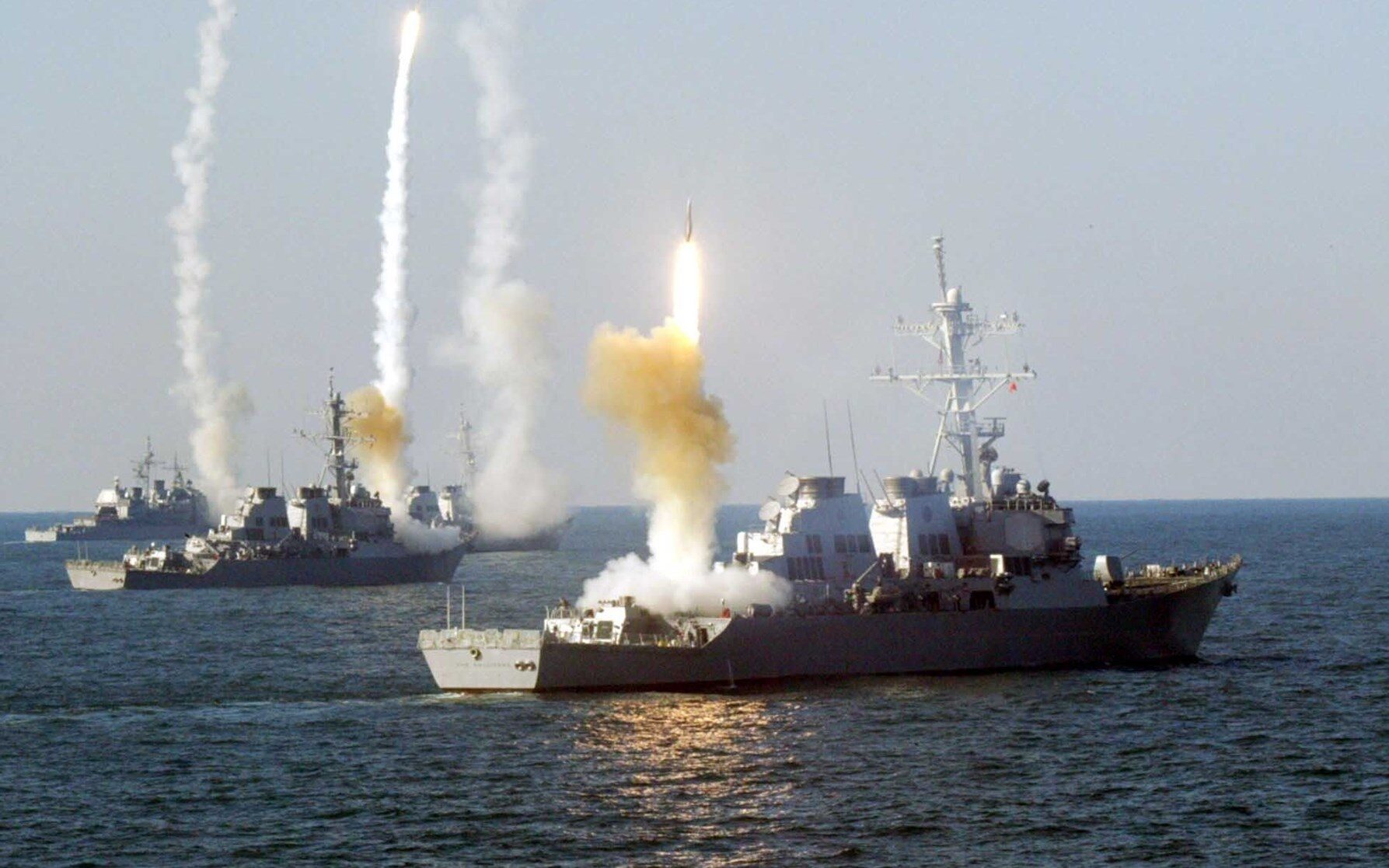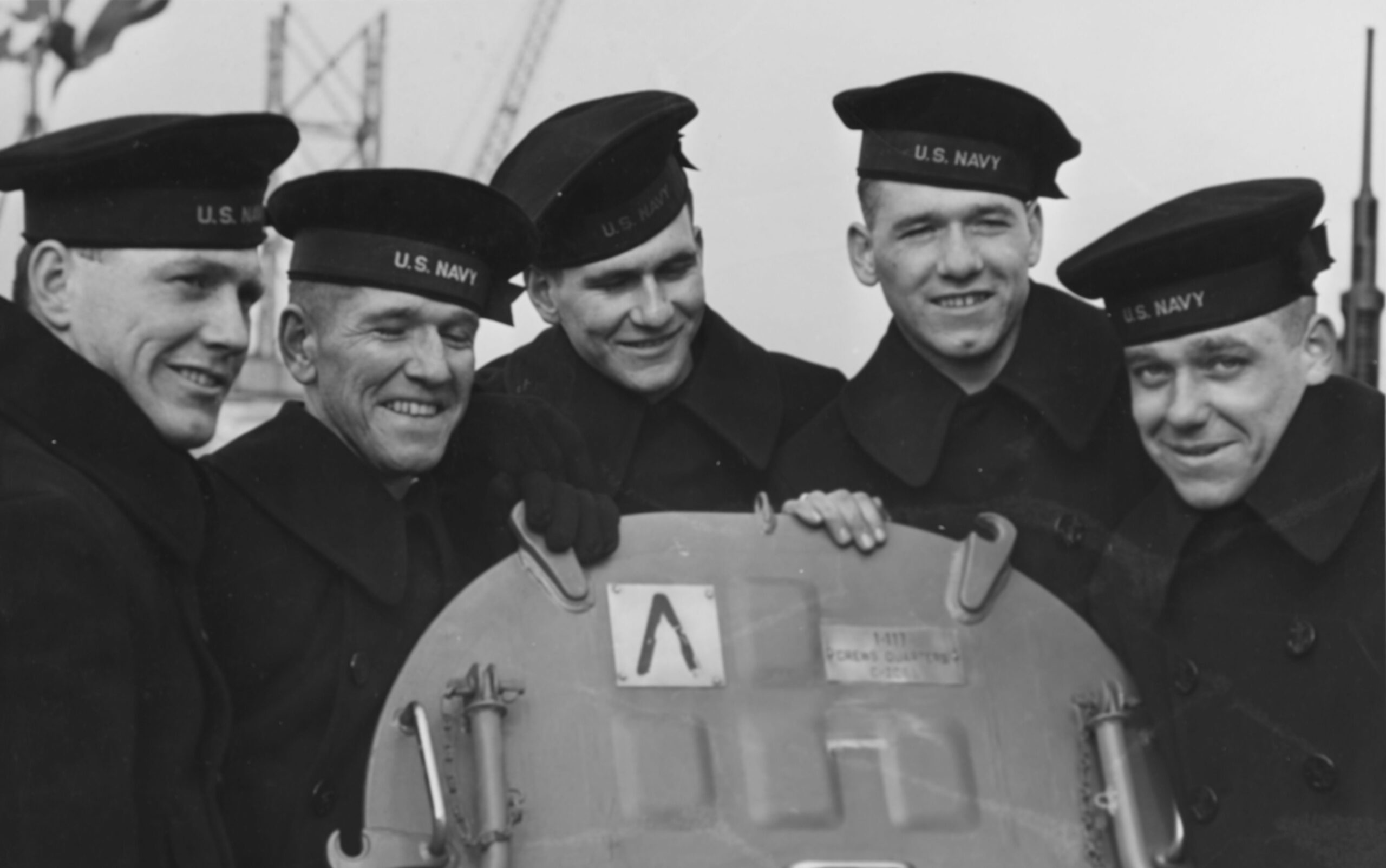Ever since the premiere of “Saving Private Ryan” in 1998, there’s been a little bit of confusion around how and why the Army might want to pull one of its soldiers out of a combat zone, even if all of his many brothers were killed in combat.

During World War II, there were very few exemptions to the military draft. Most of the time, potential recruits were rejected for things like medical issues, having jobs critical to the war effort, or religious exemptions. It wasn’t until after the war that the Department of Defense began considering things like families losing multiple sons in combat.
“Saving Private Ryan” was loosely based on the story of the four Niland Brothers. Edward Niland’s B-25 Mitchell Bomber was shot down over Burma in May 1945, and he was considered killed in action (he was later liberated from a Japanese POW camp). Brothers Preston and Robert Niland were both killed at Normandy in June 1944. Sgt. William “Fritz” Niland was with the famed 501st Parachute Infantry Regiment, 101st Airborne Division, and is mentioned in historian Stephen Ambrose’s book “Band of Brothers.”
Fritz Niland, upon learning his three brothers were killed in action, was shipped back home to the United States, where he spent the rest of the war as a military policeman. “Saving Private Ryan” was inspired by his story some 54 years after he came home.

The Sullivan Brothers: Unforgettable Tragedy
Americans were shocked in January of 1943 when they learned that five brothers from Iowa were killed off the coast of Guadalcanal in November 1942. The Navy had a policy of not posting brothers to the same ship, but these were the days before computers, and the Navy had a massive influx of ships and sailors to man them. As a result, the rules were rarely enforced, if at all.
That changed on January 12, 1943, when three men from the Navy Department came calling to the Sullivan home in Waterloo, Iowa. They informed Tom and Alleta Sullivan that all five of their sons had been killed in combat the previous November.

George, Frank, Joe, Matt, and Al Sullivan were stationed aboard the USS Juneau, a light cruiser fighting in the naval battle for Guadalcanal. After being hit by a Japanese torpedo, it attempted to limp out of the area but was struck in its ammunition magazine and exploded. The Navy, under fire at the time, believed it was impossible anyone might have survived the explosion. It continued its withdrawal, determining the risk to other ships was too great at the moment.
But there were survivors, and a lot of them. In the confusion that followed the naval engagement, Navy personnel forgot to go search the wreckage when the smoke of Guadalcanal had cleared. It took days for the survivors to be rescued, and by then, the Sullivan Brothers had died.
The Sullivan parents decided to join a tour to raise money for war bonds, asking that their sons’ lives had not ended in vain. Theirs weren’t the only sets of brothers to die during the war either. Joining the Sullivan and the Niland families was the Borgstroms, whose four sons died within a six-month period in 1944.
Congress Acts: The Military Selective Service Act of 1948
After World War II, Congress passed the Military Selective Service Act of 1948, which included provisions for sole surviving sons to be exempt from military service. If one or more sons or daughters from a family had been killed in combat, their siblings would then be exempt from the draft in peacetime or war. In 1971, Congress amended it to exclude any son from being drafted if their sibling or father had been killed in the line of duty before 1959. Moreover, if that son or sibling had already been drafted, they would be able to apply for an immediate discharge.

These days, the Selective Service System doesn’t classify potential draftees. Each military branch has its own provisions regarding the loss of siblings in combat. Most require the survivor to apply for their exemption, and if deployed when their siblings are killed in action, they are usually shipped back to the United States and not discharged.
Legacy and Remembrance: The Sullivan Brothers Today
The Sullivan Brothers are remembered today both in their hometown and in the Navy. Their hometown of Waterloo, Iowa, contains an entire wing of a museum dedicated to their memory. In 1943, the Navy launched the Fletcher-class destroyer USS The Sullivans, which saw action in World War II and Korea. The Arleigh Burke-class destroyer named for the Sullivans was commissioned in 1997 and provided security along the Atlantic coast during the September 11th attacks.
Read About Other Military Myths and Legends
If you enjoyed learning about the Sullivan brothers, we invite you to read about other military myths and legends on our blog. You will also find military book reviews, veterans’ service reflections, famous military units and more on the TogetherWeServed.com blog. If you are a veteran, find your military buddies, view historic boot camp photos, build a printable military service plaque, and more on TogetherWeServed.com today.

0 Comments